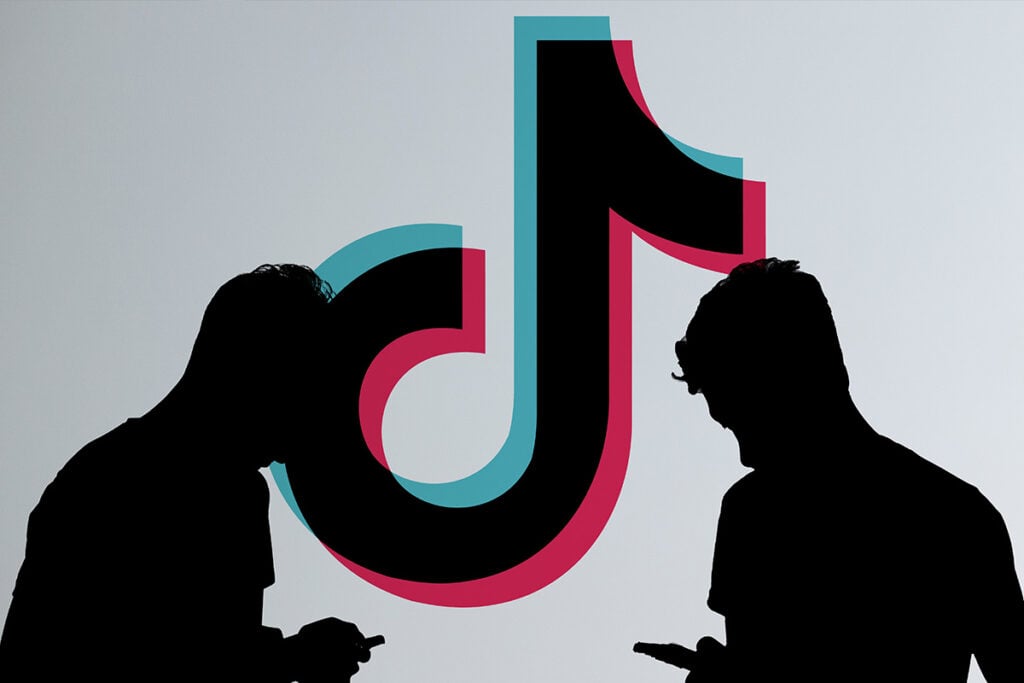TLDR
- TikTok updated its Symphony AI ads platform to generate virtual influencer content that mimics human creators
- Brands can upload images and text prompts to create videos of AI avatars trying on clothes, holding products, and modeling items
- The technology aims to reduce costs and eliminate the need for negotiations with human influencers
- All AI-generated content will be labeled and go through safety reviews
- Human influencers face potential job displacement and rate reductions from this automation
TikTok announced new features for its Symphony AI advertising platform that allow brands to create virtual influencer content. The updates enable advertisers to generate videos with AI avatars performing typical influencer activities like product demonstrations and clothing try-ons.
The Symphony platform, launched by TikTok in 2024, previously offered basic video and image generation. The new capabilities go beyond simple content creation by mimicking the interactive style audiences expect from human influencers.
Advertisers can now upload product images and provide text prompts to generate videos. The AI avatars will hold products, try on clothing, model items, and display mobile apps on phone screens. The system creates content that resembles authentic influencer recommendations.
TikTok describes the new features as allowing brands to “generate videos with virtual avatars holding products, trying on and modeling clothing, and displaying a brand’s app on a phone screen.” Some existing TikTok user features, like creating videos from photos, are now available to advertisers through Symphony.
The platform targets cost reduction and process automation for brands. AI avatars cannot negotiate contract terms or demand specific payment rates. Companies can generate unlimited content without separate video recording sessions for each piece.

Cost Benefits Drive Adoption
The automation appeals to advertisers seeking to streamline marketing operations. Virtual creators can produce content continuously without additional production costs. Brands can customize ads for specific audiences and translate audio into multiple languages automatically.
AI tools already help advertisers target audiences, generate content ideas, and create multilingual versions. The new Symphony features expand AI’s role from behind-the-scenes support to front-facing brand representation.
Some advertisers remain hesitant about AI-generated content or actively resist the technology. However, TikTok’s investment in these capabilities shows the platform’s commitment to automated advertising solutions.
The development reflects TikTok’s business strategy around creator economy costs. Instead of sharing affiliate earnings with numerous human creators, brands can redirect resources to virtual representatives.
Impact on Human Creators
Human influencers face a dual challenge from AI advancement. Synthetic content could replace traditional influencer work while increased AI-generated videos might reduce payment rates across the industry.
Current AI tools in the influencer space mostly operate behind the scenes. Content creators use AI for editing, content planning, and finding brand partnerships. The new Symphony features bring AI directly into consumer-facing content.
The shift raises questions about authentic product recommendations. Virtual entities promoting products challenge traditional concepts of genuine endorsements from real users.
TikTok requires all AI-generated content to carry clear labeling. The company states that virtual influencer videos will undergo “multiple rounds of safety review” before publication.
The platform’s approach reflects broader industry trends toward automated content creation. Social media platforms continue developing AI tools while human creators adapt to changing technological landscapes.


